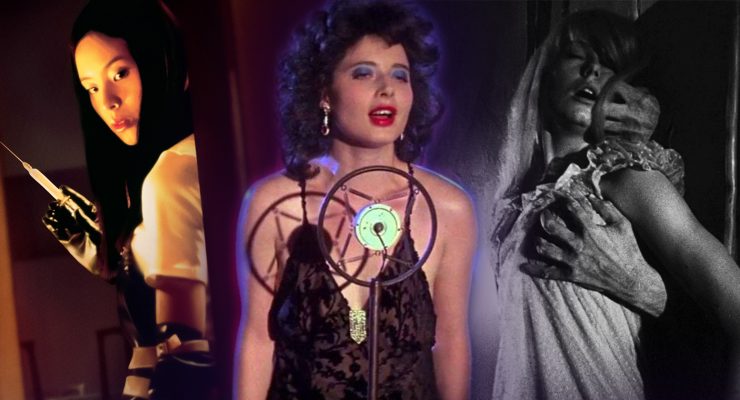Zeb Larson reviews C.O.W.L. #4…
As City Hall continues to threaten Geoffrey Warner, Blaze must find a way to unite C.O.W.L….even as John’s investigation brings a dark cloud over the organization.
There’s trouble brewing on the streets of Chicago as C.O.W.L. goes on strike, and only some of it has to do with supervillains. C.O.W.L. is strikingly dysfunctional, much like the city of Chicago in 1962, and there’s going to be some real ugliness at the bottom of all of this. Higgins and Siegel certainly have a great many characters to juggle and flesh out, but thus far, they have been successful in creating real, believable people. I will be discussing the story in the next paragraph, so if you are adverse to spoilers, skip down to my discussion of the issue.
This issue opens with the spotlight on Reginald Davis, AKA Blaze, and his relationship to C.O.W.L. He eats breakfast with his family, where we see that his nephew has apparently inherited a familial trait of superspeed (notably, Reginald’s brother Elliot and not Reginald possessed this). Anita, Reginald’s wife, is worried about the resemblance to Elliot, but their conversation is interrupted by a phone call informing Reginald he has a situation to take care of. Arclight beat up a prostitute and her pimp when they tried to swindle him, and when Reginald tries to calm Arclight, they end up brawling.
Elsewhere, Radia is on her mission to bring down Camden Stone, and she busts up a casino of Camden’s to get his attention. Geoffrey Warner discloses to John Pierce that Alderman Lowe was the source of the blueprint leaks, but asks him to keep it under wraps while the strike continues. Reginald and Geoffrey then meet, and while Reginald wants to fire Arclight, Geoffrey argues that making him a free agent would play into Daley’s hands. The issue ends when C.O.W.L. operatives harass some city aldermen and end up in a street fight with Chicago police.
The first thing that jumped out at me about this issue was the different feeling of the art. Rod Reis is still working on the book, but the addition of Stéphane Perger makes the characters look a little less stylized and a little more organic. The parts of the book where C.O.W.L. is on the streets demonstrating look more modern, with more detail paid to the faces and the backgrounds more filled in. Other sections still look like the earlier issues. It threw me off at first, but I wouldn’t say it detracted from the issue. I’ll be curious to see if this approach is maintained in subsequent issues.
The relationship between C.O.W.L. and the police is an interesting one, because it makes sense that any organized superhero group would naturally be in competition with the police. It also makes sense in historical context, because the police were famously used by Daley to attack the protesters during the 1968 Democratic National Convention in Chicago. It would be easy to see this comic as an attack on Daley and dangerously powerful politicians, but I’m also not convinced that Geoffrey is substantially different from Mayor Daley. There’s an interesting critique of powerful men being fleshed out in this comic, a critique which in many respects applies to all superheroes.
There are some missing racial tensions here which have yet to be explored. A black superhero in 1962, even in a northern city like Chicago, would have attracted a lot of attention.
Not all of that attention would have been positive, either. Is Blaze a beacon for the civil rights movement, or is he criticized for not doing more? How does the white community in Chicago feel about a strong, empowered (literally) black man? This series did a fantastic job exploring Radia’s issues as a female superhero last issue. I hope that this will get some attention in subsequent issues.
Still, despite my last observation, this was another strong issue for this series. It took a little while to build up steam, but C.O.W.L. has become a very strong series, and I can’t wait to see where it’s going.
Zeb Larson










